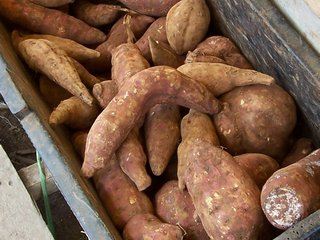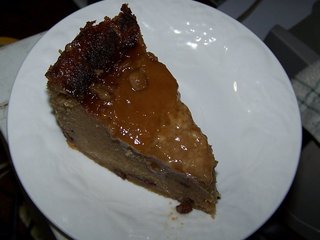
Sweet Potato
Jamaican sweet potatoes, known scientifically as Ipomoea batatas, are a staple in Cuisine and are distinct from other varieties found worldwide. Here’s an overview of their characteristics, nutritional benefits, culinary uses, and cultural significance:
Characteristics Appearance: Jamaican sweet potatoes typically have a reddish-purple skin and a creamy, pale yellow to white flesh. The flesh is firmer and denser compared to the orange-fleshed varieties commonly found in North America.
Taste: They have a mildly sweet, nutty flavor that becomes more pronounced when cooked. The texture is starchy, making them ideal for both savory and sweet dishes.
Growth: Sweet potatoes are tropical tubers, thriving in warm climates with well-drained soil. Jamaica’s climate provides ideal growing conditions, contributing to their abundance and popularity on the island.
Culinary Uses
Jamaican sweet potatoes are versatile and can be used in a wide range of dishes:

Sweet Potato

Peel Sweet Potato ready to be grated
Cultural Significance
Tips for Cooking Jamaican Sweet Potatoes
Peeling: The skin can be tough, so it’s often peeled before cooking.
Cooking Time: Due to their dense texture, they may require longer cooking times than other sweet potato varieties.
Jamaican sweet potatoes are a beloved and nutritious part of the island’s culinary landscape, celebrated for their unique flavor, versatility, and cultural significance. Whether enjoyed in traditional recipes or modern adaptations, they continue to be a favorite ingredient in Jamaican kitchens.

Grated Sweet Potato

Sweet Potato Pudding mixture

Sweet Potato Pudding